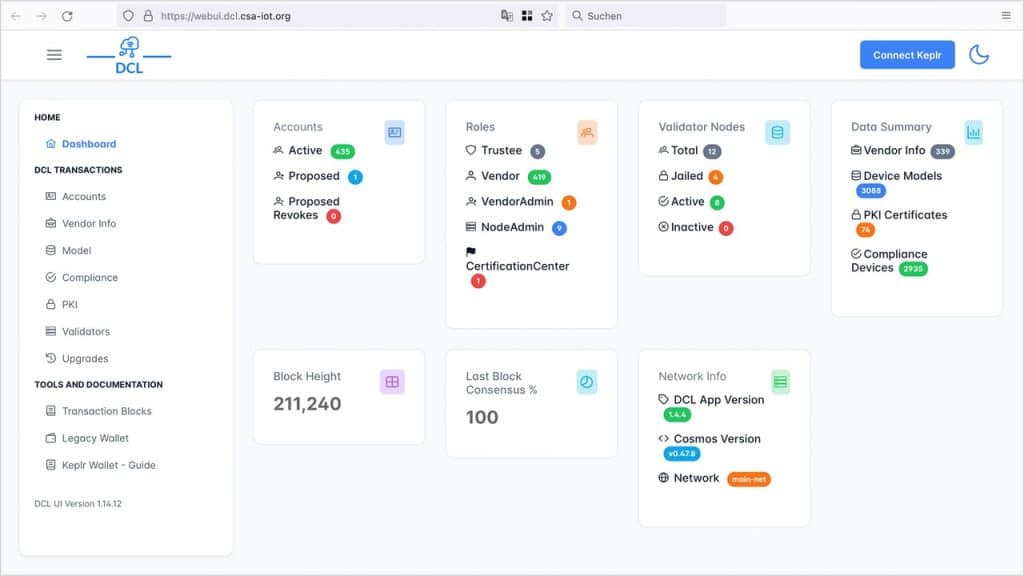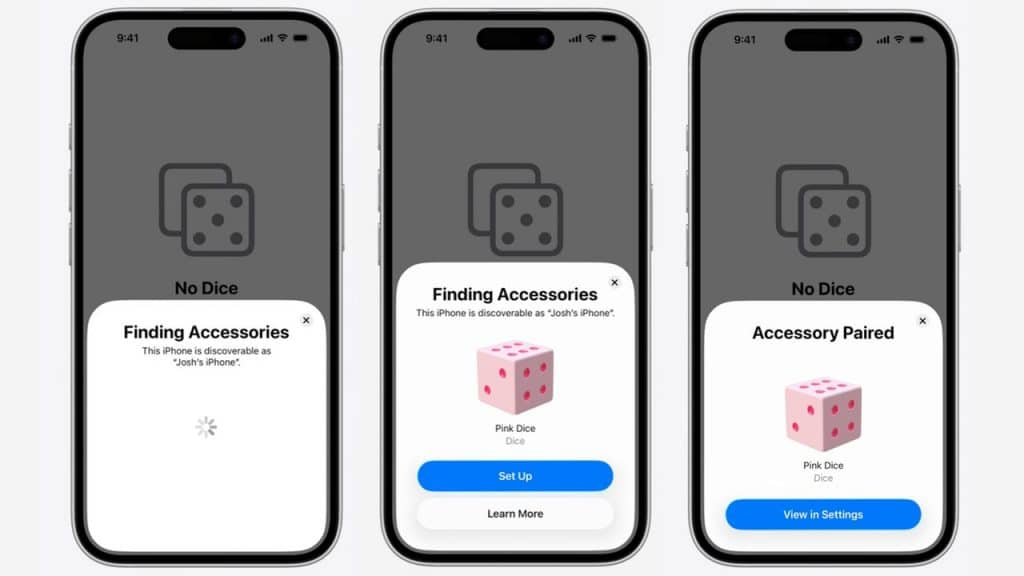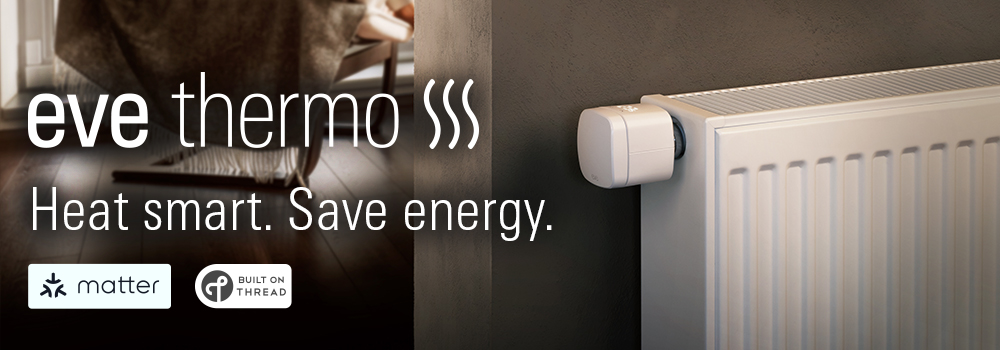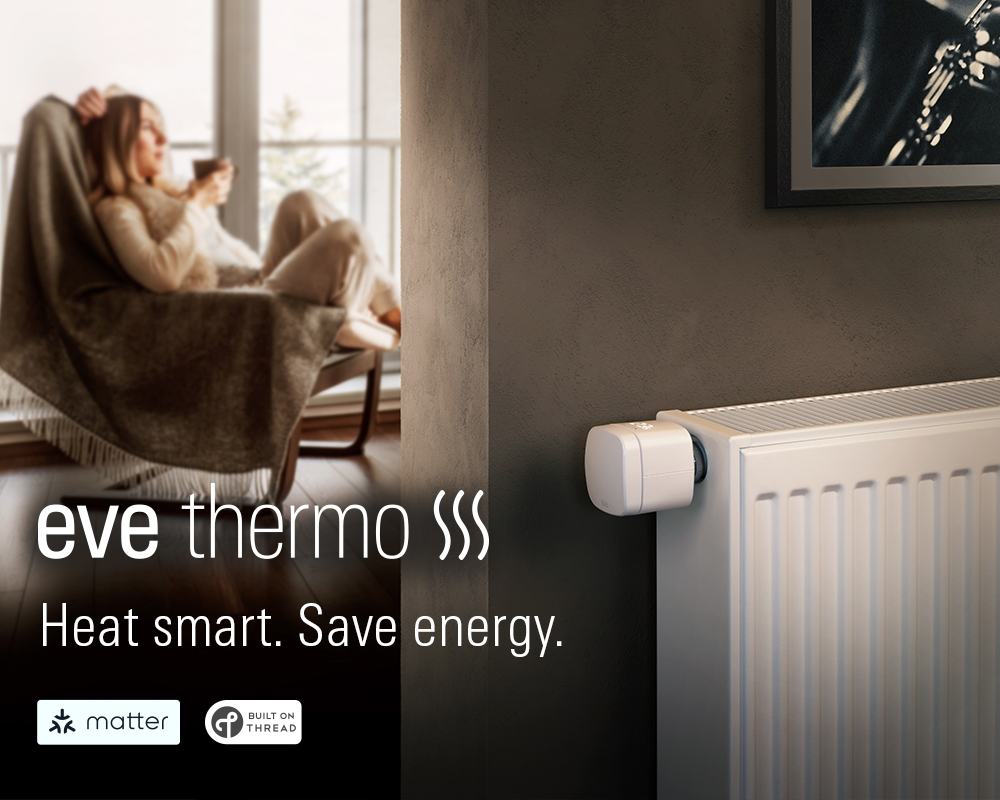With version 1.4.2 of the Matter smart home standard, the Connectivity Standards Alliance (CSA) has adopted its second update of 2025 (link). Arriving about six weeks after the first developer version appeared on GitHub (link), it reflects the intensive work going into the cross-vendor protocol – even if not every release now brings a wave of new device types. The changes are designed to strengthen Matter’s security framework and add features that improve user convenience, along with the refinements that are part of any new version.
Table of Contents
As the lead organization, the CSA is keen to emphasize that there were no known security vulnerabilities: “These are proactive measures,” explains Steve Hanna, Distinguished Engineer at chipmaker Infineon, who is active in many working groups (link). “We have a team of dozens of security experts working exclusively on cybersecurity in Matter,” Hanna told matter-smarthome. “They are constantly working to raise the security bar – as cost-effectively as possible, without making life harder for users.”
Enhanced Security Mechanisms in Matter
Version 1.4.2 includes three examples of such measures. First are Certificate Revocation Lists (CRLs). Every Matter device receives a unique digital identity at the factory, the Device Attestation Certificate or DAC (more in our article on Security in the Matter Standard). The DAC ensures that buyers are getting a genuine, certified product from the correct manufacturer.
“But until now there was no mechanism to revoke such certificates,” Hanna explains. “If attackers were able to tear down a Matter device and successfully extract its private key and certificate, it would have been theoretically possible to distribute clones,” he says. “That’s why we’ve introduced a revocation mechanism in 1.4.2 – it’s in spec, the SDK, and the test suites.”
During commissioning, the onboarding device – such as a smartphone – can check these revocation lists and warn the user if the product is counterfeit. The links to these lists are stored in the Distributed Compliance Ledger (DCL), Matter’s decentralized blockchain-based registry.

A similar approach underlies Vendor ID (VID) Verification. This cryptographically verifies whether a Matter Controller is truly what it claims to be. This can be relevant during setup in a Multi-Admin environment, where an additional Matter platform requests access to already installed devices. “If an ecosystem claims to be Google Home, we want to make sure it’s Google Home and not some imposter pretending to be Google Home,” says Hanna.
The third new security feature are Access Restriction Lists (ARLs). These apply to Home Routers and Access Points (HRAPs), a product category added in Matter 1.4. HRAPs have settings for Wi-Fi and Thread networks that should only be changed by trusted apps. With ARLs, these access rights can be stored directly in the router. However, this feature will only become relevant in the coming years, as there are currently no Matter-certified home routers or access points on the market.
Commissioning Matter Devices via Wi-Fi
In the Matter standard, Bluetooth is typically used during commissioning. Smartphones can use a temporary wireless connection to communicate with new devices, for example, to pass along Wi-Fi or Thread network credentials.
Matter 1.4.2 introduces an alternative: Wi-Fi–only commissioning. “This probably isn’t something consumers are actively asking for,” notes Chris LaPré, CSA’s Head of Technology (link). The current process is well-established: “Combined Wi-Fi/Bluetooth chips have been around for a long time. Even though the Bluetooth part doesn’t cost much, there are still a few cents you can save – which adds up at scale.”
The new Matter feature builds on a technology called USD (Unsynchronized Service Discovery), also known under the broader term Wi-Fi Aware. It allows devices to communicate directly with each other without needing a connection to the home Wi-Fi router or an access point. LaPré: “A USD beacon can carry enough information that Bluetooth is no longer necessary.” However, all participating devices must support the technology. This is the case with newer Wi-Fi chips and drivers. Apple will introduce Wi-Fi Aware with iOS 26 on its devices – retroactively from the iPhone 12 onward (link). The Android operating system and other products, such as those with Wi-Fi Direct, have supported it for some time. However, they may still require a software update to support commissioning via Wi-Fi.

Certifiable Scenes and Automated Routines
Since Matter 1.3, it’s been possible to store a device’s operating state in a scene – and recall it later. For example, a single evening command could close the blinds, dim the lights, and turn on the TV.
However, the relevant Scenes Management Cluster had until now been “provisional” and could not be certified. Matter 1.4.2 makes scene support certifiable, providing a standardized way to implement scenes across different manufacturers. The update also adds time-based behavior, such as gradually dimming lights over a set period.
At the same time, the number of commands needed to synchronize devices during operation has been reduced. An optimized data model avoids unnecessary status messages. For example, lamps dimming or blinds moving will send fewer intermediate values (1%, 2%, 3% …). The CSA calls this Quieter Reporting, which reduces network traffic and extends battery life for battery-powered devices – especially noticeable in large installations with many devices.
More Detail Improvements in Matter 1.4.2
Two additional changes address conflicts that can arise when Matter installations are modified retrospectively. Example: device software updates. Up to now, if functionality changes – such as a smart plug now reporting energy usage after an update – not all Matter Controllers may detect it. Version 1.4.2 introduces a standardized way to notify controllers of changes (Node Reconfiguration). This makes the new features available automatically, without restarting or re-commissioning the device.
A similar goal is served by fixed and unique identifiers for so-called endpoints (Endpoint Unique IDs). Some Matter devices have multiple endpoints: switches with two or four buttons, power strips, or bridges connecting other devices to Matter ecosystems. If such products had to be removed and re-added, controllers did not always recognize that it was the same product, which led to duplicate device entries and confusion among users. “Now there are unique IDs that are platform-independent, so this doesn’t happen anymore,” says LaPré.
Specifications for robot vacuums and networking gear such as routers and access points have also been expanded. If the latter include an Thread Border Router, it must now be certified for the latest Thread version 1.4 and support at least 150 devices. Wi-Fi access points must support up to 100 simultaneous connections. In this way, the CSA aims to ensure reserves in the network so that a Matter-based smart home can grow.
Matter 1.5 Still to Come – Planned for Fall
As the second release of the year, Matter 1.4.2 arrives relatively early. Fall updates have typically appeared in October or November. A version jump with new product categories therefore remains possible. Matter 1.5 is still planned for fall 2025, the CSA reveals in its announcement. “Tests still need to be carried out for 1.5, which may lead to delays,” explains Chris LaPré when asked. “But with the intermediate steps 1.4.1 and 1.4.2, we have bought ourselves more time.”
The fall release in particular has been difficult for developers so far – due to the vacation period in Europe and the holiday season with Thanksgiving and Christmas. It is possible that in the future, only one major version and one minor version will be released per year. “However, we have not yet decided on a new rhythm,” said LaPré.
Share this information:


